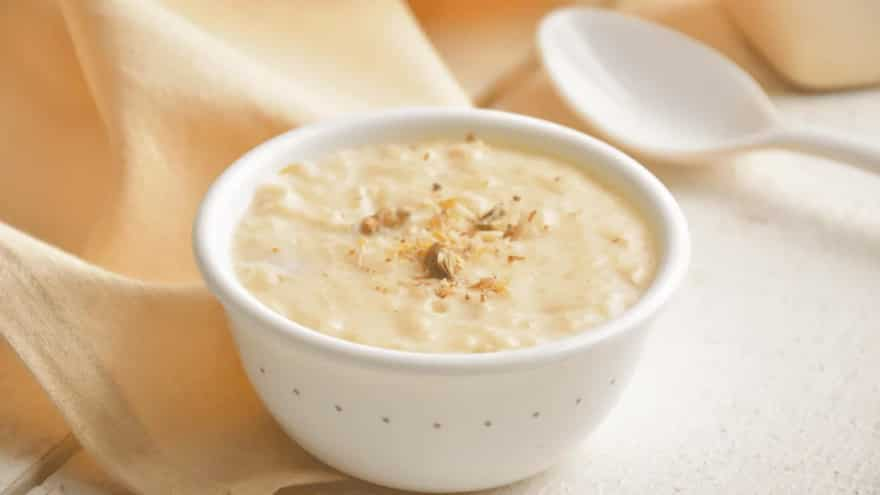If you use social media, you've probably seen terrible stories about strange culinary pairings like rasgulla biryani, gulab jamun dahi chaat, or even ice cream samosas. While we appreciate the breadth of our imagination, the majority of these pairings cry and scream (of flavours). Having said, let us tell you it's not just a recent practice that surfaced on the internet especially post-pandemic as an outcome of new-age cooks experiments, rather our ancestors also practised combining unusual foods. While these "viral" cuisines are frequently less successful than they should be, it is realistic to state that the traditional "fusion" food combinations are mainly undiscovered gems of Indian cuisine.

There is a pattern of these modern bizarre food combinations, including savoury dishes combined with sweet favourites. Likewise, our ancestors probably came up with this idea before us. There is only one difference: they did it right!
Here are some lesser-known unique food pairings from the past that are treasures you should try out as a tribute to their outstanding sense of flavour:
Benami Kheer
This kheer, an invention of Awadhi culinary perfection, is not your typical kheer; instead, it is veiled in mystery. Particularly for its distinctive and sophisticated flavours, Awadhi cuisine is well known throughout the world. The mystery of the royal Khansamas (royal chefs) who developed its superb delicacies, however, is something else that continues to add to its charm. One such illustration of the advanced Awadhi culinary techniques and secrecy is the benami kheer.
For a long time, the custodians of the recipe refused to reveal the identity of the main component, which was garlic. As a result, it was referred to as Benami kheer, which means "a kheer without a name," rather than Lehsun ki Kheer. The main trick here is to be able to blanch the garlic in alum water to get rid of its bite. The smashed garlic is then simmered for hours in milk to produce a creamy, nutty texture. It is finished with odourless garlic slivers that resemble almond slivers on top.
Adrak Ka Halwa
Adrak ka Halwa, or ginger halwa, is a delectable creation of Rampuri cuisine that is thought to have originated with the ancestors of Nawab Khan, who was instructed to consume ginger to remedy a condition. The Nawab, however, disliked the strong flavour of ginger and would not eat it. The royal kitchen's khansamas were subsequently tasked with creating a remedy, Adrak ka halwa. It is a decadent dish that is produced by simmering milk, desi ghee, sugar, and grated ginger for almost three hours. The flavour of zaffran and chironji is then added to the thick, creamy kheer, which improves the texture even more and provides a wonderful aroma to cover up the ginger's pungent flavour. It is stated that the Nawab enjoyed this dish so much after receiving it that it was later added to the list of customary royal delicacies.
Gosht Ka halwa
This non-vegetarian halwa, another distinctive delicacy with Rampur roots, is the ideal conclusion to a meat lover's culinary fantasy. It is created with crushed lamb, sugar, milk, and khoya, and it is flavoured with saffron, rose water, and flavorful spices like cardamom. It is a regal dish with a distinctive flavour. This halwa is believed to melt in the tongue instantly, leaving a taste of sweet delight in its aftermath.
Sabz Ka Meetha
If you had access to a variety of locally grown veggies with a similar flavour and texture, such as beetroot, pumpkins, carrots, gourds, etc., what would you cook with them? Most likely a curry or sabzi, correct? The Rampuri Khansamas reject this. The cooks used all these vegetables to make Sabze Meetha, a classic Rampuri dessert, which is another illustration of the Rampuri cuisine of Uttar Pradesh's (UP) simplicity and brilliance. The meal, which is made with chopped vegetables boiled in milk with mawa and dry fruits, is full of flavorful fresh flavours with sweet undertones.
Mirchi Ka Halwa
Although it is common knowledge that desserts should be sweet, this Rajasthani dish employs chiles to make a classic halwa, challenging this belief and arousing curiosity. It seems odd, isn't it? Wrong. This delicious treat, which has a porridge-like consistency and is eaten in Rajasthan and Rampur as well, is made by blending green chillies with alum water to form a paste. Following that, the paste is cooked in ghee with khoya, sugar, and semolina while being flavoured with green cardamom. It is a must-try dish that is incredibly rich, sweet, spicy, and delicious.


